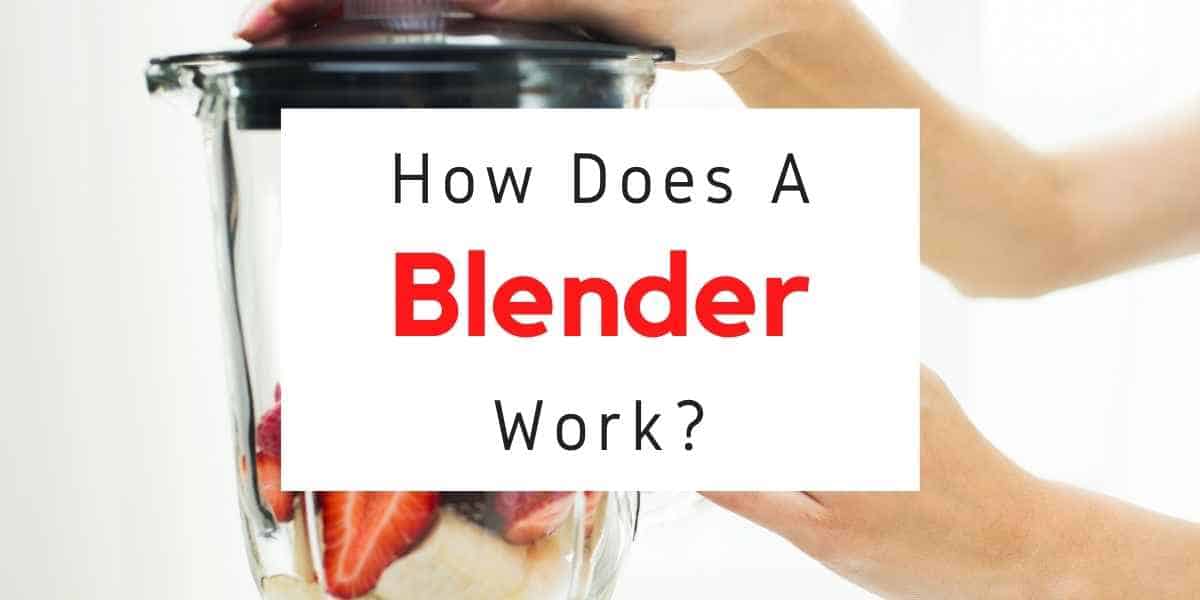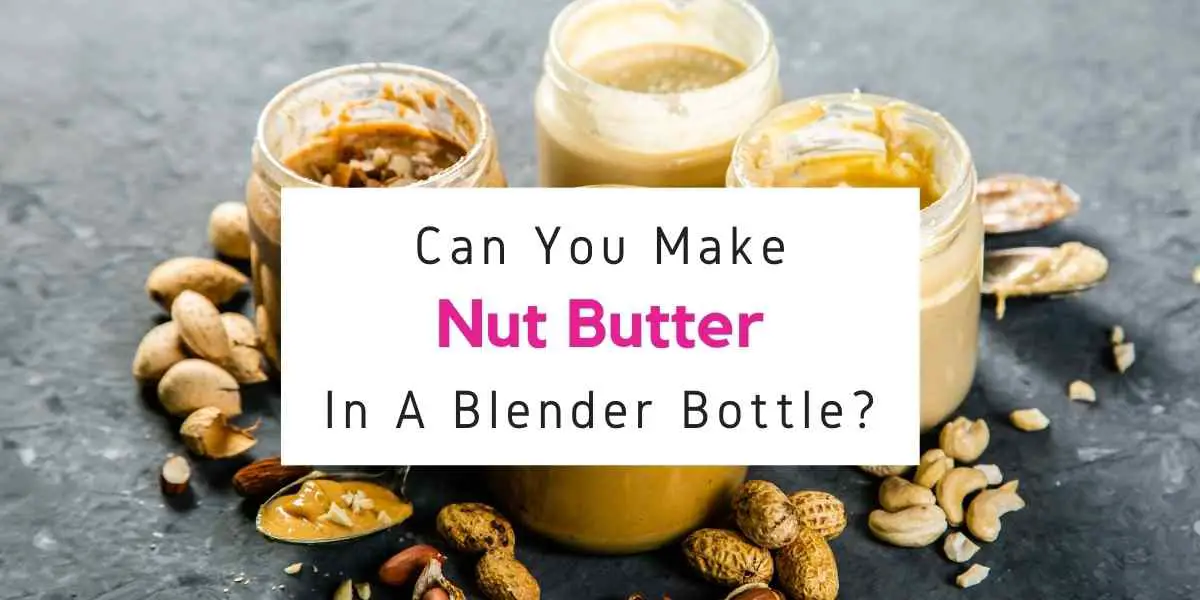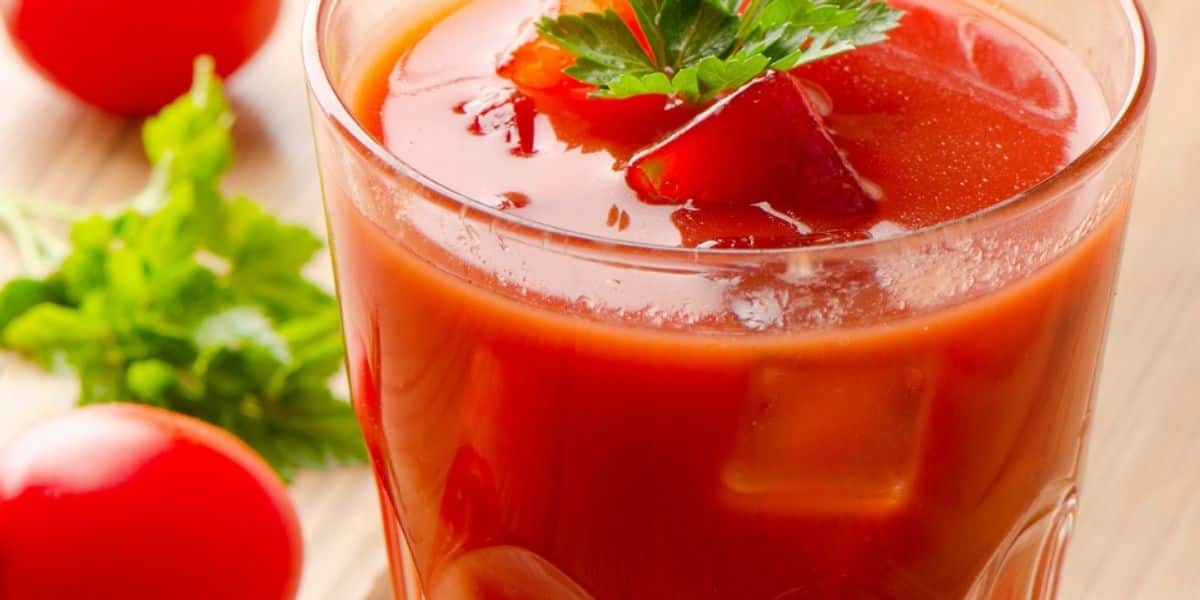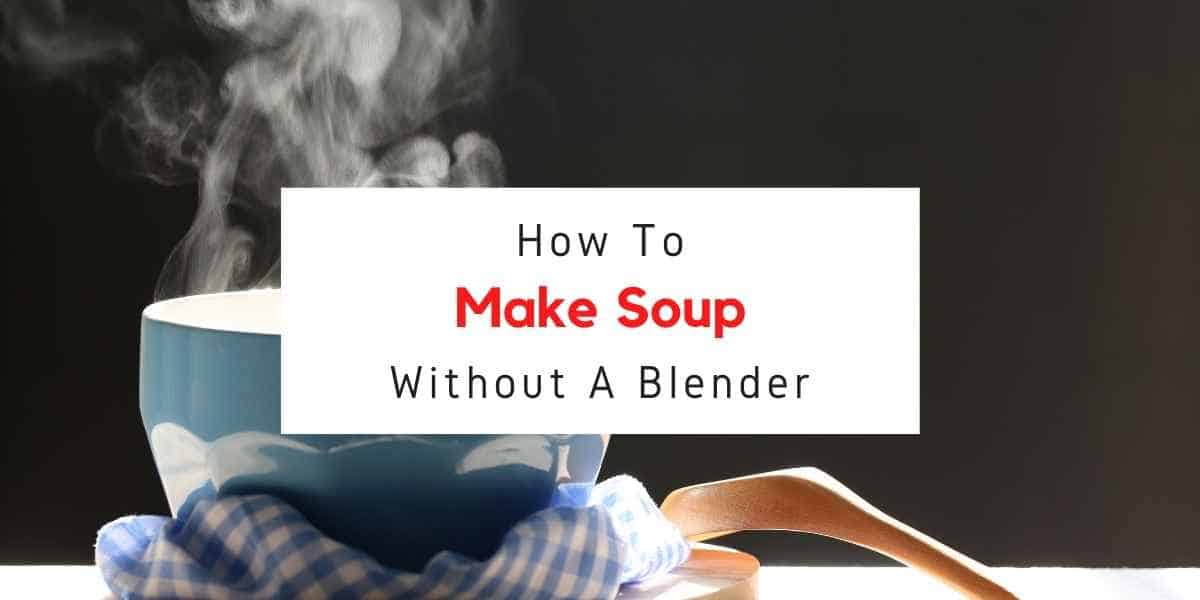Can you grind coffee beans in a blender?
Let’s get the answer straight out of the way – yes, you can grind your coffee in a blender.
To what extent and how good the final result will be, though – that’s a bit more complicated.
If you’re a devoted coffee connoisseur, then a grinder likely takes up a special place in your cupboard. And it’s likely not the first grinder you’ve ever had in your life either, because those things have a rather annoying tendency to stop effectively working rather out of the blue.
Seems like yesterday it was fine, but today it keeps jamming and half the coffee beans come out either broken in several large pieces or so coarsely ground that they might as well not be ground.
And any self-respecting coffee aficionado knows that the secret to a good cup of espresso is grind consistency – which means the whole batch is rendered pretty much unusable.
Luckily there are several ways to grind your coffee when your grinder goes DOA, with a blender being the most optimal choice.
Can You Grind Coffee With A Blender?
Yes, you can grind coffee with a blender. There are some really strong blenders that could probably do it just fine, but there’s no guarantee that the blender will stay intact and so there is a risk involved for ruining your blender and/or injuring yourself if something goes awry with the equipment.
If you don’t believe me, try grinding up rocks in your blender and see how it holds up!
Typically, the only blenders that can handle this are Vitamix or Blendtec. I have a Vitamix and with heavy use for making nut butter, ice cream, soups, and sauces I’ve never had any problems.
Magic Bullet and Ninja blender also have glass blender jars that are made to withstand the pressure of grinding coffee beans.
Why Grind Coffee In Blender?
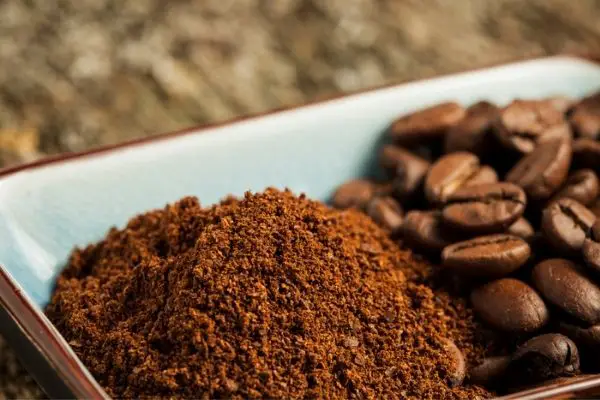
What makes the blender an optimal choice for coffee grinding is the ability to produce a consistent grind, which can be more difficult with other appliances.
The internet is rife with advice about grinding coffee without a grinder (it is more of a common problem than people seem to realize): you can grind the coffee using mortar and pestle, a rolling pin, even a meat tenderizer – and while all of those options will help you break down the coffee beans, the results will be more of a “well this is better than nothing” than a good grind.
A blender doesn’t have this problem: you can produce a good ground coffee with consistent grind using one. It pretty much works like a blade grinder would.
There are two big rules though:
- Be patient and go slow;
- Don’t aim for a fine grind.
The first and most important thing to know about coffee grinding is that the finer you try to ground your coffee the harder it will be to achieve a consistent grind.
That requires a very specific approach – and that is why grinders are a thing in the first place.
When using any other gadget – be it a rolling pin, a food processor, or a blender – you’re aiming for a coarse or medium grind.
You try to aim for finer, you’ll 1) likely not be able to achieve a consistent grind and damage the final taste quality of your coffee; 2) risk overheating the beans (more about that below).
Related Post: Blender To Make Powder
How To Grind Coffee In A Blender

If your grinder’s gone kaput and you have to grind your coffee in a blender, then get ready to spend some time in the kitchen. If you’re in a hurry, then you shouldn’t attempt it at all – you’re not likely to like the final results.
Don’t be too quick and don’t be too greedy – that’s the motto to remember before starting.
Here’s what you have to do for grinding coffee beans in a blender –
- Choose the right setting. These days some of the blenders actually have “grinder” settings, which is the best overall option – so if your blender has it, you can choose that one without thinking twice. If your blender is a bit of a simple model though – choose medium speed. If your blender doesn’t have speed options – then remember to manually stop it every once in a while, imitating the pulsing option on a food processor.
- Grind a small number of beans at a time. And when I say small, I mean small. Measure out no more than ¼ of a cup of coffee beans to be grounded at a time. I think everybody gets this, but it bears repeating – do not add any more coffee to the blender until you’re done with the current batch. Clean the ground coffee out of the blender very thoroughly and only add a new batch when you’re sure nothing’s left.
- Do not overdo it – if you want a fine grind, then you’re better off just going to the store and buying yourself a pack of readily ground coffee. As disappointing as it may sound, you just won’t be able to achieve quality fine grind without a grinder, even using a blender. Get your expectations straight – you’re looking at optimally coarse, maybe medium grind here (if you’re very careful and believe you can catch yourself before overdoing it).
In other words: go slow, be diligent, and while it may take some time, you’ll be able to reward yourself with a fine cup of coffee later.
Can You Grind Coffee In A Blender Without Affecting Taste Quality?
There are of course coffee connoisseurs who are vehemently against grinding coffee in anything but a grinder, with blender being no exception.
These people do have a legitimate reason, though – grinding your coffee in a blender may ruin your coffee beans and leave you with a batch that results in undrinkable bitter-tasting coffee.
Coffee beans contain natural oils.
You can somewhat extract them by grinding the coffee – so how consistent the coffee grind is (and how it’s roasted) determines in the end how smooth and flavorful the brew is.
This is why pre-ground coffee never tastes as good as freshly ground one, and most coffee experts recommend grinding the coffee right before brewing it – so that full flavor and aroma can be enjoyed.
But blade grinders (and blenders, which use the same technique) can overheat the coffee while grinding it, and overheating the beans, and over-extracting oils, which results in bitter coffee.
This is exactly why it’s so important to be patient and measured when grounding coffee in a blender: if your coffee grind is too coarse, it will be under-extracted and less flavorful, if you try to grind too fine – you’ll over-extract it.
Be measured, go slow, and learn when to stop – and your blender-ground coffee will taste just fine.
Related Post: Grind Oats In Blender
What Types Of Coffee Can You Make When Grinding Beans In A Blender?
If you’re grinding coffee in a blender, it will make a very fine grind. The blenders with the most power can probably make an ultra-fine grind which is what you need for espresso or Turkish coffee.
If you’re using a hand-held immersion blender, it will only make a coarse grind so this would be for French press coffee or Cold Brew.
Things To Consider When Grinding Coffee Beans In A Blender
If you’re going to try grinding coffee beans in a blender, there are some things that you need to keep in mind:
A hand-held immersion blender can only create a coarse grind so this method isn’t very effective when making espresso or Turkish coffee. The final product will probably taste much better when made with an alternative method such as using a burr grinder.
Grinding coffee beans in a blender creates quite a bit of dust so you need to be aware of this if you’re grinding near open-air or around other people.
There’s always the risk that your blender will break and glass shards are never safe, plus it can ruin the electrical components of your appliance.
Only use a high-powered blender with a glass container for grinding coffee beans, otherwise, it isn’t worth risking injury or ruining equipment.
How To Enhance Your Drink
Don’t forget to add the ground coffee beans to your favorite coffee-making methods such as drip, French press, pour-over, or cold brew.
You can add in some extras like cinnamon (great for Fall and Winter), peppermint (perfect around Christmas time), or chocolate chunks (for when you need an afternoon pick-me-up).
Alternative Methods To Grinding Coffee Beans In A Blender
You can also use alternative methods for grinding coffee beans such as using a manual grinder that uses burrs or using an electric grinder with blades.
Some people even use their food processor or salad shooter for grinding coffee beans, but these are even less effective than the blender and it’s like bringing a knife to a gunfight!
What Are The Best Blenders For Grinding Coffee?
Blenders that use a glass jar to contain the ingredients instead of plastic are better for health reasons.
The more powerful the blender, the smoother and more consistent your coffee will be when you grind it yourself.
There are some blenders like Omega VRT350, Breville BMF600XL, Oster Reverse Crush Counterforms Blender, Ninja Mega Kitchen System (BL770) which can handle grinding hard coffee beans and crushing ice without any problems.
If you want to buy a high-quality blender for grinding coffee beans then I recommend these blenders: Vitamix 5200, Blendtec Wildside + FourSide Jar, Ninja BN801.
| Title | Price | Image |
|---|---|---|
| TopNinja BN801 Professional Plus Kitchen System with Auto-iQ | Check Price |  |
| Vitamix 5200 Blender Professional-Grade | Check Price |  |
| Blendtec Total Classic Original Blender | Check Price |  |
| Breville BSB510XL Control Grip Immersion Blender | Check Price |  |
| NutriBullet Pro - 13-Piece High-Speed Blender | Check Price |  |
Can Hand Blender Grind Coffee?
Yes, hand blenders are also known as immersion or stick blenders, can easily make coffee beans, but these blenders are less powerful than purpose-driven blenders.
They are not designed to grind anything besides coffee beans.
I know some people use their electric skillets with the chopping blade to grind coffee – again this is a risk that you need to be aware of.
Health Benefits Of Drinking Coffee
Drinking coffee is a part of human culture and it’s one of the most popular beverages in the world.
There are many proven health benefits of drinking coffee such as:
- Helps prevent Alzheimer’s
- Increases mental focus and energy levels
- Improves your skin condition
- Increases metabolism and fat burn rate
- Promotes longevity
- Provides relief from asthma, bowel toxicity, cancer, depression, cardiovascular issues, anxiety, infection control
You might also be interested in –

